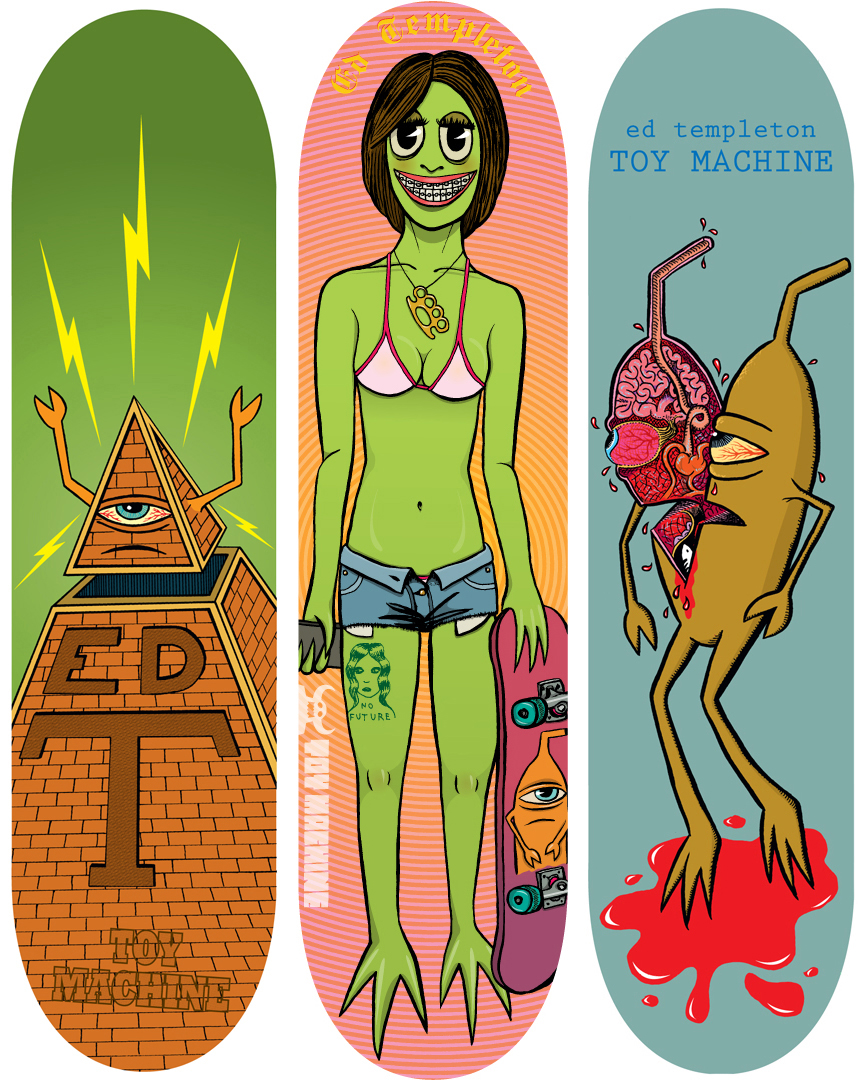


No doubt about it, Sam Amidon is the real thing, realer than we're used to, a musician of rare gifts and uncommon grace. In the end there is just a trace of politeness about the record, which is not so much wrong as irrelevant (though it sits interestingly alongside the eschatological strain in a couple of the lyrics) the most striking moments are those where that impeccable restraint helps to build pressure, not least on the matchlessly compelling title track and the gorgeously delicate curveball cover of R Kelly's discomfiting 'Relief'. Perhaps the voice is at its best in the live setting, where it searches out the room and its audience so engagingly, almost imploringly littler and more constrained in the recorded environment, it nestles instead within Nico Muhly's sparklingly clever arrangements, and cosies up to duetting partner Beth Orton, especially on 'You Better Mind'. What really grips is the immense skill with which Amidon finds the material that best suits his voice, with its quiet ardour and its turns alternately towards the raw and the mellifluous. And, perhaps inevitably after all that, it's a stunner. The previous record, All Is Well, was at the top of the Furtive 50 a couple of years ago, and underscored the key sequence in my piece with Jonny Liron, Hey Mathew so I couldn't have been more excited or more apprehensive in coming to the new album. There is no musician I can think of anywhere in the world whom I revere more than Amidon, not yet thirty and as shockingly unguarded in his stage presence as he is dizzyingly accomplished as a singer and multi-instrumentalist. I saw him live for the first time in May at Bush Hall, where some minor sound problems led him to abandon his mic altogether at a couple of points and just sing, unamplified, from the front of the stage and more recently at Cafe Oto, where he was close enough to touch - though I didn't: I mean how would you ever let go? And then there was the moment earlier in the year when I sat down with this, his third album proper, and played it through from beginning to end, not moving, scarcely breathing.

Three of the very most amazing experiences I've had this year have been in a room with Sam Amidon. No hesitation in calling The Way Out a great work of art. It's a creepy album at times, uncomfortably close, but for insight and pointedness it's in a class of its own and as ever with The Books, its intense, often claustrophobic spaces are always ventilated by a benign carefulness, ineffable poise and a dry wit smart enough to make you laugh out loud and gasp with surprise at the same time. Not, by and large, ecstatically received by jaded critics hungry only for whatever's next, The Way Out reminds us that actually we haven't heard this yet, however familiar it may seem at one level a more careful attention draws out the abundant strangeness of words rewritten slightly out of sync with the structures that would normally locate them, and the remoteness of strangers in their most intimate acts of self-exposure. Here, they're drawing mainly on fragmentary utterances snipped from the output of new age gurus, tele-evangelist types and self-help merchants this might seem over-explored territory, worn-out even, but it suits The Books quite perfectly, not least in its exhaustion: their constructions have always implied a wry critical engagement with the zones where language and identity fail to endorse each other, where meaning and saying are always performances, and where conscious artifice can be depended upon to reveal the most about who we secretly are and who we yearn to be. These visual-art analogues are not, I think, misplaced: The Books have always been about geometry and spatial relationships, about a rigorous mathematics of patterning, a rectlinear musical language of fifths and picture frames, offset by the melancholic poetry (half-found, half-contrived) of their cut-up tape sources. How do they do it?! If anything there's an even greater concentration of detail in some of these collages than we've heard previously, the Twombly-like spaciousness that has always characterised their aural fields occasionally giving way to the elaborate, lurid, neurotic busyness of a Lari Pittman or Kenny Scharf (especially on the hurtling luge-ride of 'I Am Who I Am'). This, their fourth album, is the first they've issued since 2005's exquisite Lost and Safe, and when I heard it was on its way after this five year hiatus, my initial reaction was, ooh, I hope they haven't rushed it. Their humane, meticulous art operates at such vertiginously high resolution, it's a wonder they ever release anything at all.


 0 kommentar(er)
0 kommentar(er)
